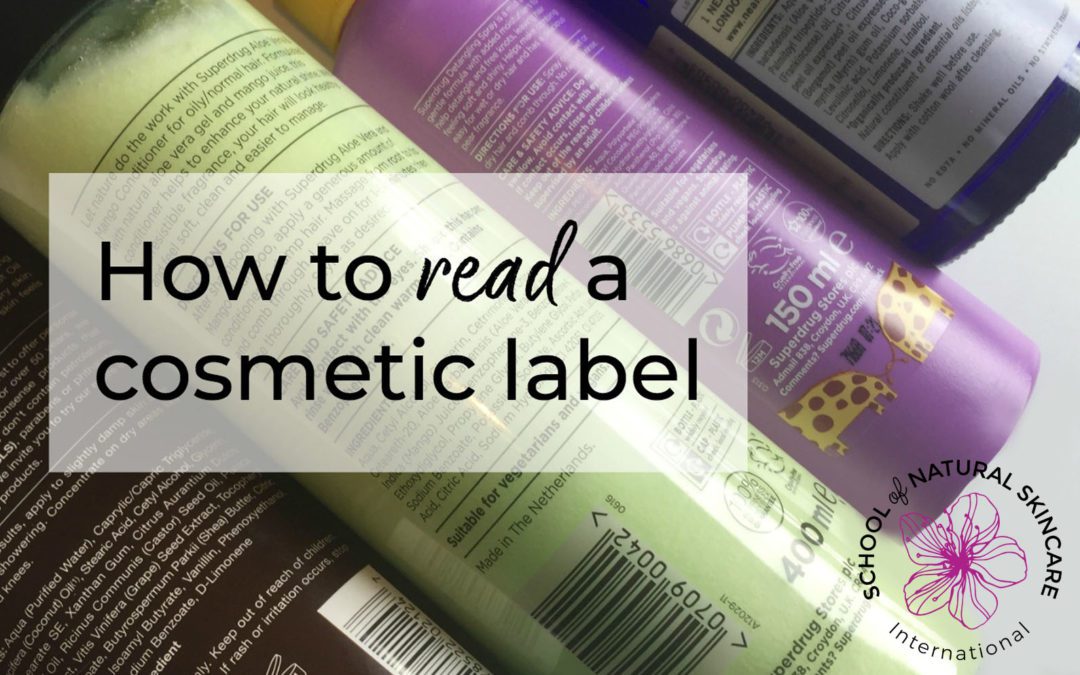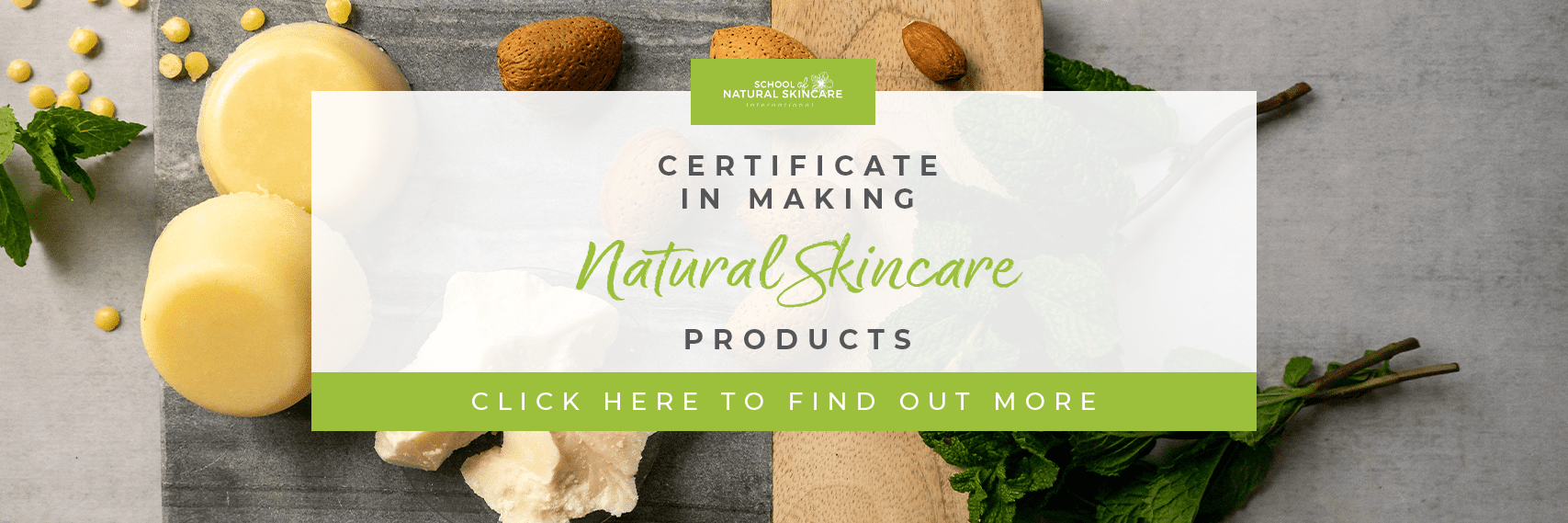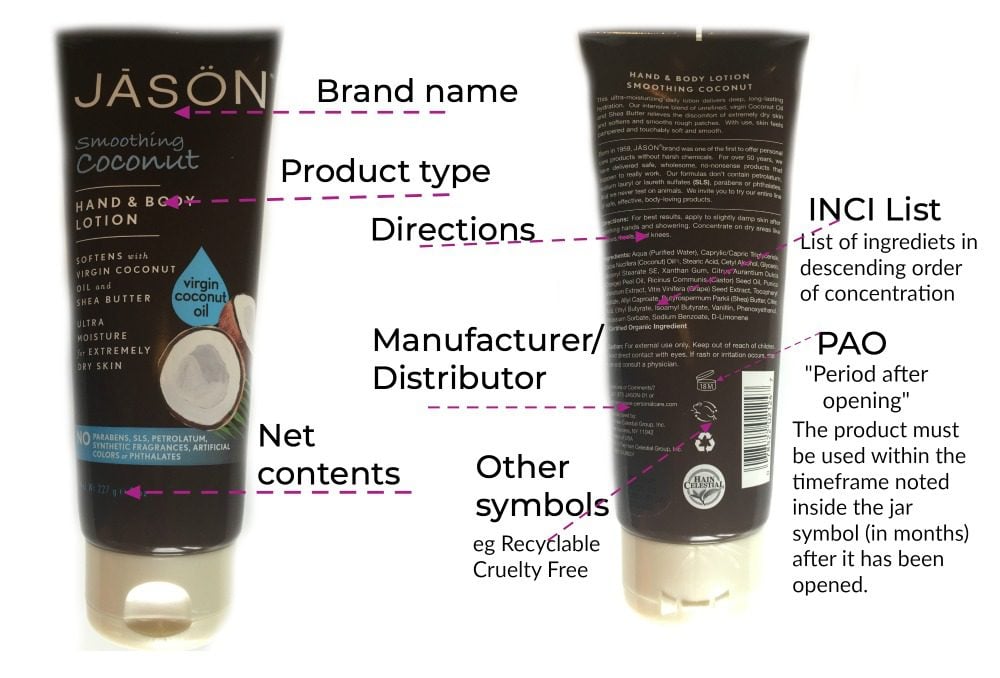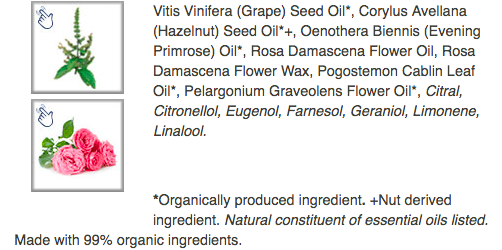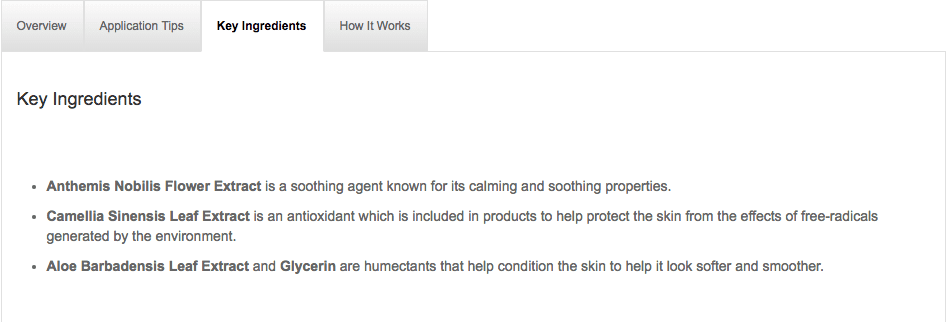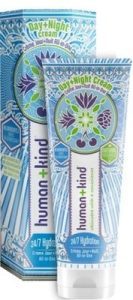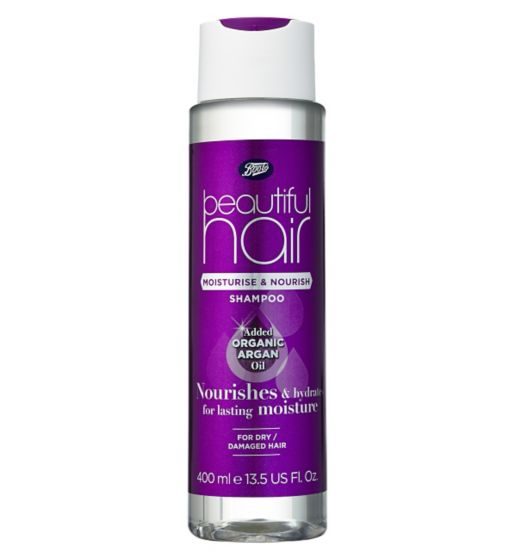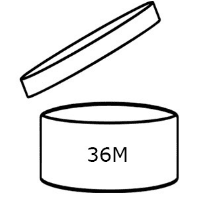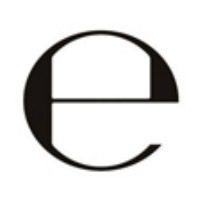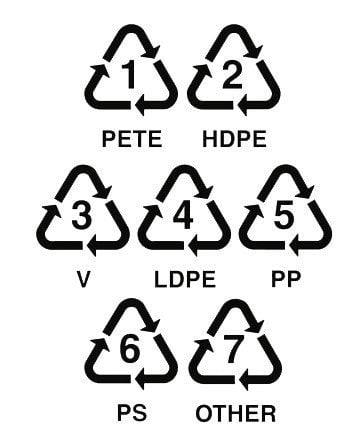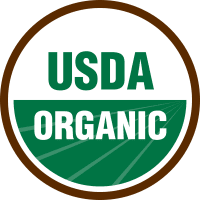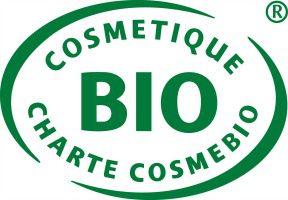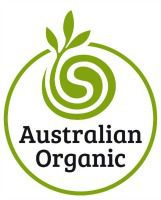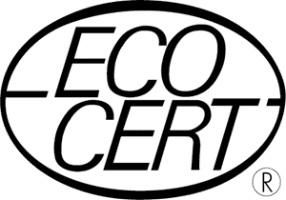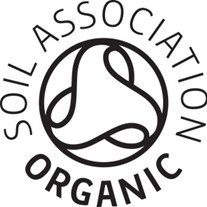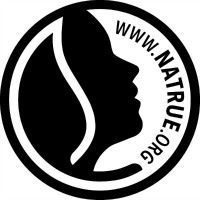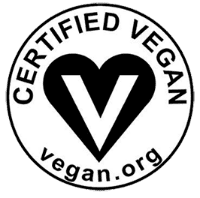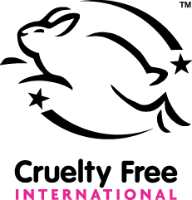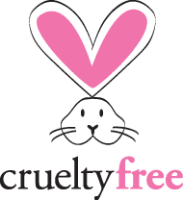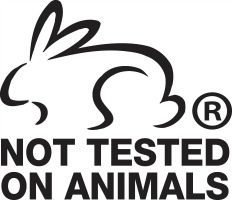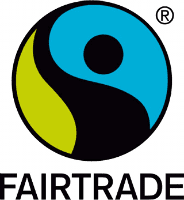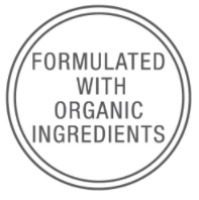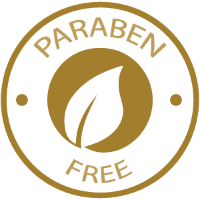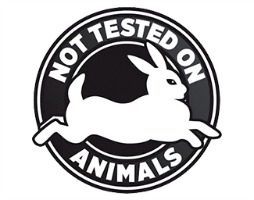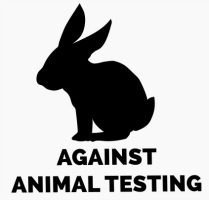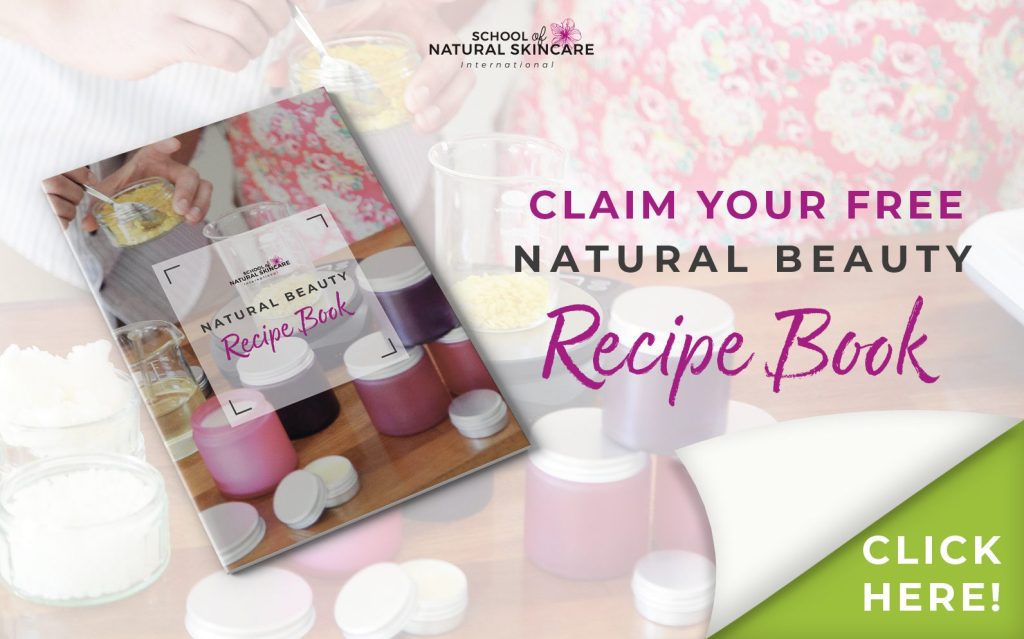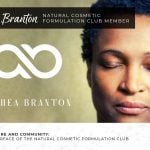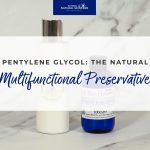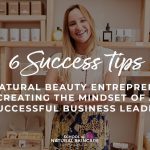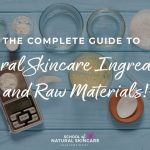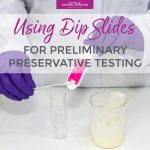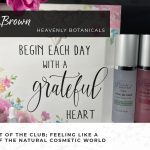Don’t be fooled by a product name or description – get to know and understand your cosmetic labels! That’s the only way to truly know what is in the products you are using, and how safe they really are. This guide will help you do just that.
A lot of cosmetic products appear interesting and appealing, but that doesn’t mean all of them are as efficient and safe as you might think. Many products contain ingredients you may prefer to avoid, ingredients that can be sensitizing and irritating, or ingredients that can even be harmful.
Fancy packaging and clever wording on the labels can make you believe the product is something that it actually isn’t.
Fancy packaging and clever wording on the labels can make you believe the product is something that it actually isn’t.
For instance, a large number of companies use a product name or label to highlight ingredients that are only present in tiny quantities, and that in reality are not big enough for the ingredient to have an effect, but they sound very attractive on the label.
Other companies use words like ‘natural’ or ‘organic’ to give the impression that the product is made entirely from natural or organic ingredients, when that isn’t the case.
To really know what is and what isn’t in your product, you need to read the whole label, not just trust an attractive name.
Don’t know how? We’re here to help!
What you’ll usually see on a cosmetic label
Cosmetic labels often look different to one another but on closer inspection they contain similar information. Much of this information is a legal requirement.
Some of the common information you’ll find includes:
- brand name and product name
- product type/purpose and description
- ingredient list
- symbols
- the product weight or volume (net contents)
- usage/storage directions
- manufacturer contact details.
In this guide we’ll cover the two key areas that you need to understand in order to know what is really contained in the product you are using:
- the ingredient list
- symbols.
Part 1: Understanding the ingredient list/INCI list
In addition to the product name and basic characteristics, a cosmetic label will also include ingredients in the product – the INCI list. INCI stands for “International nomenclature of cosmetic ingredients” and is a naming system for ingredients based on scientific nomenclature.
The INCI list might seem confusing and frightening at first. Don’t be afraid of it, take some time to read and investigate it. If you feel lost in all the scientific names, below we provide some resources to help you.
The INCI list might seem confusing and frightening at first. Don’t be afraid of it, take some time to read and investigate it. If you feel lost in all the scientific names, below we provide some resources to help you.
Plant ingredients are easy to spot because they are listed with their latin names (always two words) and a common name in brackets, eg rosmarinus officinalis (rosemary) oil, which is rosemary essential oil; helianthus annuus (sunflower) seed oil, which is sunflower oil.
Some ingredients on the list sound very ‘chemical-like’ and many people believe that ‘if you can’t pronounce the ingredient name, it must be bad for you’. That is not always true. There are plenty of common or naturally derived ingredients that have complicated names, but are safe to use and even have an important function in the product. Here are few examples:
- Tocopherol: vitamin E, it protects the product from going rancid.
- Xanthan gum: a naturally derived gum that thickens the product.
- Cetyl alcohol and cetearyl alcohol: a fatty alcohol that stabilizes emulsions and has a moisturizing action. It is not drying as pure alcohol (ethanol).
- Citric acid: even though it has the word ‘acid’ in it, it is not harmful. It regulates the pH levels of the product and also protects it from microbial contamination.
- Sorbitan olivate: this is an example of an emulsifier, it sounds very ‘sciency’, but is in fact made from sorbitol (alcohol sugar found in chewing gums) and olive oil.
- Potassium sorbate: an example of a preservative, potassium salt of natural sorbic acid, it is also used to preserve foods.
Ingredient order
The order the ingredients are listed on the label is important. Ingredients are listed in descending order from greatest amount to least amount present in the product (except ingredients present at a concentration of less than 1%; those can be listed in any order).
Allergens
At the end of an INCI list you will find the allergens listed. These allergens are constituents of natural essential oils or synthetic fragrances. There are 26 possible allergens including geraniol, limonene and linalool. You’ll a full list of all 26 here. Often companies mark with an asterisk or in italics which ingredients are essential oils allergens. It is worth becoming familiar with the common allergens as to the untrained eye these allergens can look suspicious.
Here is an example taken from the Neal’s Yard website showing how they indicate allergens.
Abbreviated ingredient lists
Sometimes, especially on online shops or brand websites, companies do not list all of the ingredients, instead providing just the ‘key ingredients’ or ‘active ingredients’, and leaving the rest out. This makes the ingredient list quite short and very appealing too – it usually contains natural plant-based ingredients. Here is an example from Mary Kay:
It only mentions chamomile, green tea and aloe extract as active ingredients, which are likely present in tiny amounts, less than 1% of the product. To find out the full list of ingredients you would need to consult the label on the product itself, where a brand is required to list everything.
Resources for understanding INCI names
It’s normal to feel confused by an INCI list at first. These resources are helpful in deciphering INCI names so you can understand more about what the ingredients is and/or what it does.
Skin Deep: On the Skin Deep website you can research single ingredients or a whole product (if it is in the database). It will tell you if there are any concerns about the ingredients, eg toxicity, irritation, contamination possibility.
Cosmetics Info: Here you can also search for ingredients to see what they are and what they do in a product.
Paula’s Choice: This is a nice and simple dictionary of cosmetic ingredients and their function in a product.
The Chemical Maze App: Easy-to-use app that included food additives and cosmetic ingredients.
A Consumer’s Dictionary of Cosmetic Ingredients, 7th Edition: Complete Information About the Harmful and Desirable Ingredients Found in Cosmetics and Cosmeceuticals, Ruth Winter
This is great book with information about cosmetic ingredients, if you prefer printed material rather than online databases.
Toxic Beauty: The hidden chemicals in cosmetics and how they can harm us, Dawn Mellowship
This book focuses more on dangerous ingredients in skincare.
Interpreting an ingredient list
Let’s have a look at an example of a product and the ingredient list on the label.
Below we have listed all the ingredients found in the INCI list and our interpretation of them. This takes practice so don’t worry if you can’t do the same straight away. Remember to join our Skincare Detox Challenge so we can help you! Click here to join.
INCI:
Aqua – water
Caprylic/capric Triglyceride – liquid fraction of coconut oil
Centella Asiatica Flower/leaf/stem Extract – tiger grass extract
Tricaprylin – oily emollient (naturally derived)
Glycerin – humectant (glycerol, naturally derived)
Cetearyl Alcohol – emulsifier (naturally derived)
Sodium Stearoyl Lactylate – solubilizer, emulsifier (naturally derived)
Persea Gratissima (Avocado) Oil – avocado oil
Sucrose Stearate – emulsifier (from sugar and stearic fatty acid)
Stellaria Media (Chickweed) Extract – chickweed plant extract
Rosehip Seed Oil – rosehip oil, emollient
Althea Officinalis (Marshmallow) Extract – marshmallow plant extract
Aloe Barbadensis Leaf Juice Powder (Aloe Vera) – aloe vera
Tocopherol – vitamin E
Xanthan Gum – naturally derived thickener
Benzyl Alcohol – preservative (suitable for natural cosmetics)
Dehydroacetic Acid – preservative (suitable for natural cosmetics)
Potassium Sorbate – preservative (suitable for natural cosmetics)
Sodium Benzoate – preservative (suitable for natural cosmetics)
Perfume – fragrance
Linalool – fragrance component/allergen
Hexyl Cinnamal – fragrance component/allergen
Misleading product names
Reading a label will help you identify products with arguably misleading names – eg products that falsely claim ‘natural’ or ‘organic’ origin, or products that emphasize an ingredient for marketing purposes only. Here is an example.
Boots Beautiful Hair Moisturise & Nourish Shampoo with added Organic Argan Oil
INCI: Aqua, Sodium laureth sulfate, Cocamidopropyl betaine, Sodium chloride, PEG-40 hydrogenated castor oil, Panthenol, PEG-200 hydrogenated glyceryl palmate, Sodium benzoate, Polyquaternium-10, Parfum, Dipropylene glycol, Glyceryl laurate, PEG-7 glyceryl cocoate, Polyquaternium-7, Citric acid, Argania spinosa oil, Alpha-isomethyl ionone, Geraniol, Limonene, Linalool.
The label says the shampoo contains organic argan oil. While this is absolutely true, the issue is the amount of it. Can you find it on the ingredient list? It is listed almost at the end. The shampoo is likely to contain less than 1% of argan oil, an amount so small it won’t have any real benefit for the hair. Also, notice the emphasis on the word “organic”. The product is far from organic or natural, only the argan oil is organic, but a statement like that on a label might make people believe the shampoo itself is organic.
This leads us on nicely to consider the symbols present on a label. If this shampoo really was organic and had been certified as such then it would also carry a recognised symbol from one of the certification organizations.
Part 2: Understanding symbols
There can be a whole array of symbols on a cosmetic label!
Some symbols can be very useful, helping you see key information about a product at a glance. Others can be more misleading or harder to understand.
Some symbols are official seals or logos that are given to a product (or a company) by an external certification organization such as the COSMOS organic certification.
Other symbols are created by the brand to give an impression of a specific quality. The non-official symbols are not necessarily making false claims; the problem is that there is no way of knowing if they are truthful.
If a product carries an official organic symbol, eg from the Soil Association, you know that the product meets certain standards required by the certification body. On the other hand, if a product has a made up organic symbol, it might be just a marketing strategy or it might actually mean that the product is organic but the company didn’t go through organic certification (usually due to high costs).
OFFICIAL SYMBOLS
Let’s have a look at some of the official symbols you can find on skincare products. These official symbols are used to show:
- The expiry date of the product or Period After Opening.
- Important or legally required information.
- If the packaging can be recycled.
- If the product has been certified to a particular organization’s standards.
Below we have included the most common symbols as a ‘cheatsheet” for you. This list isn’t exhaustive but gives you a good starting point.
Expiry date (BBE/PAO)
Somewhere on the label you will see an indication of when to use the product by. This might be indicated by a ‘best before end’ date (BBE), which can be represented by an hourglass symbol, or a ‘period after opening’ duration, represented by opened jar symbol. Check for this information on your product to ensure you use it within expected time period.
Period after opening: the product must be used within the timeframe noted inside the jar symbol (in months) after it has been opened.
Best before end: the product must be used before the marked date (regardless of when it has been open).
Important or legally required information
Reference to enclosed or attached information: The EU Regulation requires that this symbol is used if the product label is too small to contain the compulsory information and it has instead been provided on a leaflet/tag.
The ‘e’ mark (Europe): Cosmetics must be labeled with their nominal net content. The ‘e’mark is is used in Europe to indicate a brand complies with average fill requirements. “Packaged goods labelled with the ‘℮’ mark are declaring their compliance with the requirements of the ‘average system’ under Directive 76/211/EEC” (Gov.uk).
Recyclable
Recyclable: This symbol means that the packaging of the product can be recycled.
The Green Dot: Widely recognized in many European countries, “it signifies that for each piece of packaging, a financial contribution has been paid to a national packaging recovery organisation” (Valpak.co.uk)
Plastic classifications: On plastic packaging you’ll often see a symbol that tells you what type of plastic the packaging is made from so you can recycle it correctly.
Certification body symbols: Organic/Natural
USDA organic: United States standard for organic products.
Cosmebio: French standard for natural and/or organic cosmetics.
Australian organic Australian standard for organic products.
EcoCert: France-based international standard for organic foods and cosmetics.
Soil Association:British standard for natural and/or organic cosmetics.
Natrue: Belgian standard for natural and/or organic cosmetics.
Certification body symbols: Vegan
Vegan: US-based organization certifying vegan products.
Vegan Society:UK-based organization certifying vegan products.
Certification body symbols: Cruelty Free
Cruelty free: US-based organization that certifies products that have not been tested on animal nor contain ingredients tested on animals. It has certified over 600 companies.
Peta’s Beauty Without Bunnies:US-based organization that certifies products that have not been tested on animal, nor contain ingredients tested on animals. It has certified over 1900 companies.
Choose cruelty free: Australian organization that certifies products that have not been tested on animal nor contain ingredients tested on animals. It has certified over 250 companies.
Certification body symbols: Fairtrade
Fairtrade: UK-based organization certifying fairtrade products.
NON-OFFICIAL (MADE-UP) SYMBOLS
Here are some examples of made-up symbols found on cosmetic labels. When you start looking at labels closely, you will find many more.
If you see a logo that looks like a certification logo it is worth checking to see if it is from a recognized certification body (which means the product complies to their standards), or if it is one of the brand’s own symbols/logos.
We really hope that you have found this guide useful and that it helps you uncover what is really in the cosmetic you use!
Click the image below to download your
Free Natural Beauty Recipe Book!
Learn to make your own natural skincare products with luxurious natural ingredients.
Download this fabulous book and discover recipes for:
- Frankincense Anti-Aging Facial Serum with Coenzyme Q10
- Lavender and Geranium Rejuvenating Facial Serum
- Protective Winter Time Hand Cream
- Orange and Ylang Ylang Facial Moisturizer for Dry Skin
- Grapefruit and Orange Stretch Mark Body Butter
- Soothing and Moisturizing Facial Mist

